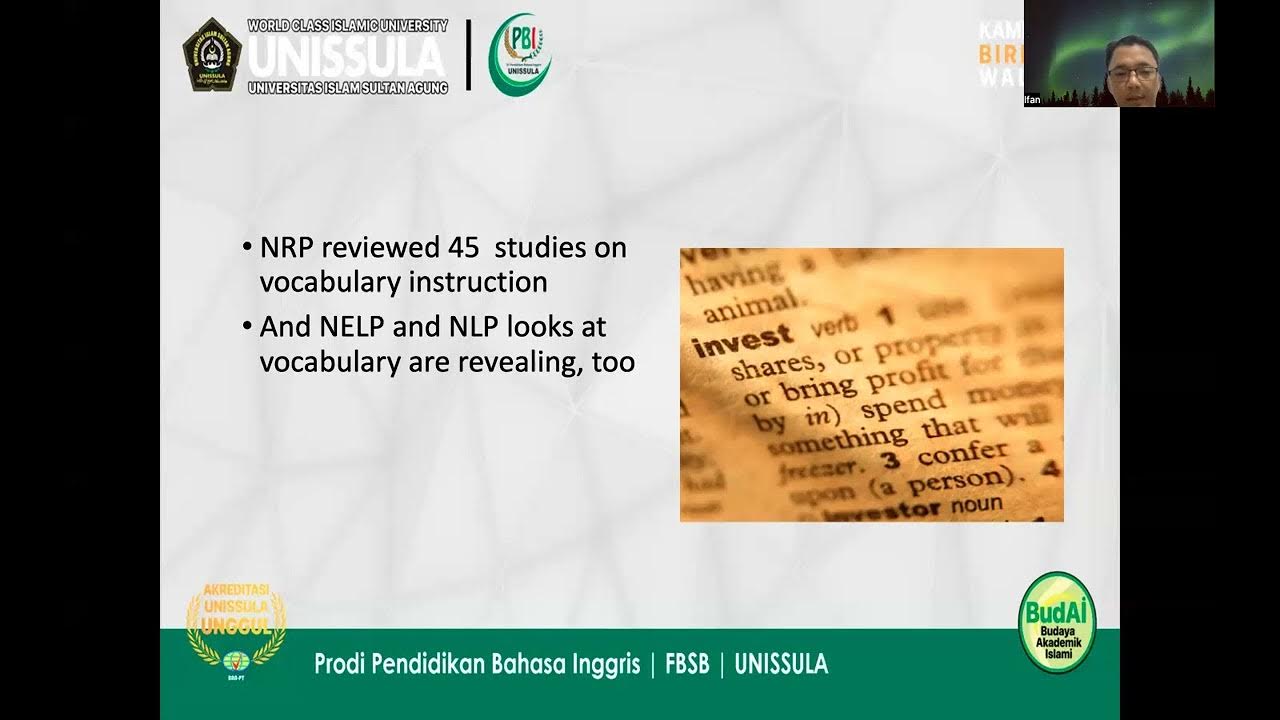Close Reading Books For Beginners: Reading for Understanding vs Pleasure
Summary
TLDRIn this episode of Rapid Fire, the focus is on distinguishing between reading for understanding and reading for aesthetic pleasure. The video explains that reading for understanding involves parsing through complex texts like philosophy books to grasp arguments and ideas, while reading for aesthetic pleasure is about appreciating the beauty and emotional impact of language in literature and poetry. The host encourages viewers to practice discerning between these two forms of reading to enhance their literary experience and develop a deeper sensitivity to the written word.
Takeaways
- 📚 The video discusses the difference between reading for understanding and reading for aesthetic pleasure, emphasizing the importance of recognizing these two distinct approaches to reading.
- 🤔 Reading for understanding involves parsing through text to find arguments, evidence, and the author's line of thinking, which is often found in philosophy books and academic texts.
- 🎨 Reading for aesthetic pleasure is about appreciating the beauty of words and the sensory and emotional experiences they evoke, as seen in poetry and literary works.
- 🧠 The video suggests that confusing these two types of reading can lead to frustration and difficulty in comprehending the text.
- 📈 Skillshare is highlighted as a platform offering various classes, including one by the video creator on how to incorporate more reading into one's life.
- 👨🏫 The 'Back to Basics' course by the video creator is advertised as a comprehensive guide to essential reading concepts, including book selection and establishing a reading habit.
- 📈 Skillshare is offering a one-month free trial, allowing access to a wide range of creative classes, not just the video creator's course.
- 📘 Philosophy books are often difficult to read due to their dense content and the complexity of the ideas they present, which is a challenge for readers seeking understanding.
- 📖 The video encourages viewers to practice reading to develop the ability to discern between reading for understanding and reading for aesthetic pleasure.
- 💡 It's noted that some books may contain elements of both reading for understanding and reading for aesthetic pleasure, requiring readers to be adept at identifying the purpose of different sections of text.
- 🌟 The ultimate goal of reading, as presented in the video, is to gain a deeper understanding of the world and to experience different perspectives, which can build empathy.
Q & A
What is the main focus of today's episode of Rapid Fire reading tips?
-The main focus of today's episode is on the distinction between 'content versus form' in reading literature, philosophy, and complex writing on the internet.
What is the general rule of thumb for reading different forms of writing mentioned in the script?
-The general rule of thumb is to read between the lines and judge different forms of writing using the distinction between reading for understanding and reading for aesthetic pleasure.
What are the two modes of reading discussed in the video?
-The two modes of reading discussed are 'reading for understanding' and 'reading for aesthetic pleasure'.
How does reading for understanding differ from reading for aesthetic pleasure?
-Reading for understanding focuses on finding arguments, propositions, and philosophical principles by parsing through the text, while reading for aesthetic pleasure is about appreciating the beauty of words, the sensory and emotional joy derived from the language, and not necessarily explicating everything.
Why are philosophy books often considered difficult to read?
-Philosophy books are often considered difficult to read because they are laden with complex arguments, justifications, and evidence, which require the reader to jump through mental hoops to understand the philosopher's viewpoints or system of thinking.
What is the role of skillshare in today's episode?
-Skillshare is the sponsor of today's episode, and it is a platform offering a variety of classes in creative fields such as graphic design, UX design, creative writing, and more.
What is the 'Back to Basics' course mentioned in the script?
-The 'Back to Basics' course is a Skillshare course created by the host, which serves as a cheat sheet for essential reading concepts covered in the host's channel, including how to select books, establish a reading habit, and entry points into literature and philosophy.
How does the host describe the experience of reading literature for aesthetic pleasure?
-The host describes reading literature for aesthetic pleasure as a magical experience that allows readers to see different shades of the world, build empathy, and appreciate the beauty of words beyond their literal meaning.
What is the importance of being able to distinguish between reading for understanding and reading for aesthetic pleasure?
-Being able to distinguish between reading for understanding and reading for aesthetic pleasure is crucial for a strong reader as it prevents confusion and allows for a deeper appreciation of the text, whether it's meant to educate or provide aesthetic pleasure.
What advice does the host give to those who are struggling with reading complex texts?
-The host advises not to be afraid to engage with books and to practice reading to develop sensitivity towards words, which will eventually lead to the ability to read through a book like an X-ray, identifying its purpose.
Outlines

このセクションは有料ユーザー限定です。 アクセスするには、アップグレードをお願いします。
今すぐアップグレードMindmap

このセクションは有料ユーザー限定です。 アクセスするには、アップグレードをお願いします。
今すぐアップグレードKeywords

このセクションは有料ユーザー限定です。 アクセスするには、アップグレードをお願いします。
今すぐアップグレードHighlights

このセクションは有料ユーザー限定です。 アクセスするには、アップグレードをお願いします。
今すぐアップグレードTranscripts

このセクションは有料ユーザー限定です。 アクセスするには、アップグレードをお願いします。
今すぐアップグレード関連動画をさらに表示

TEAL_6 Teaching Reading

Serial Edukasi Tentang Riset , Eps 3: Cara Ngelamun Kreatif: Mindset dan Teknik Dalam Membaca

How to Read a Textbook - Study Tips - Improve Reading Skills

How To Get The Most Out Academic Reading - The SQ3R Method For Beginners

Why You Must Read (English) | Graded Reader | Improve Your English | Learn English Though Story

SAT READING AND WRITING TIPS (that will SAVE your butt on test day)
5.0 / 5 (0 votes)
